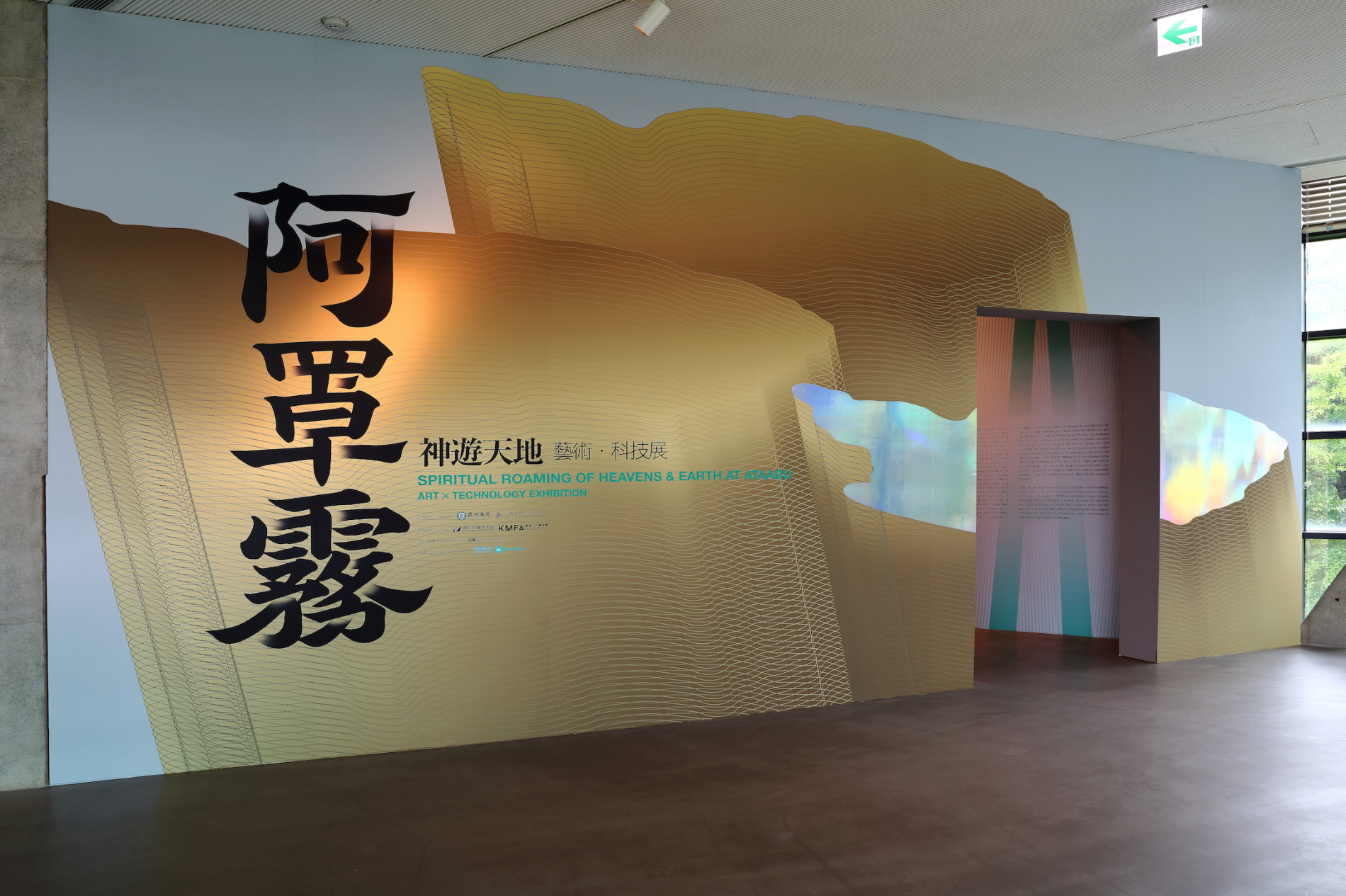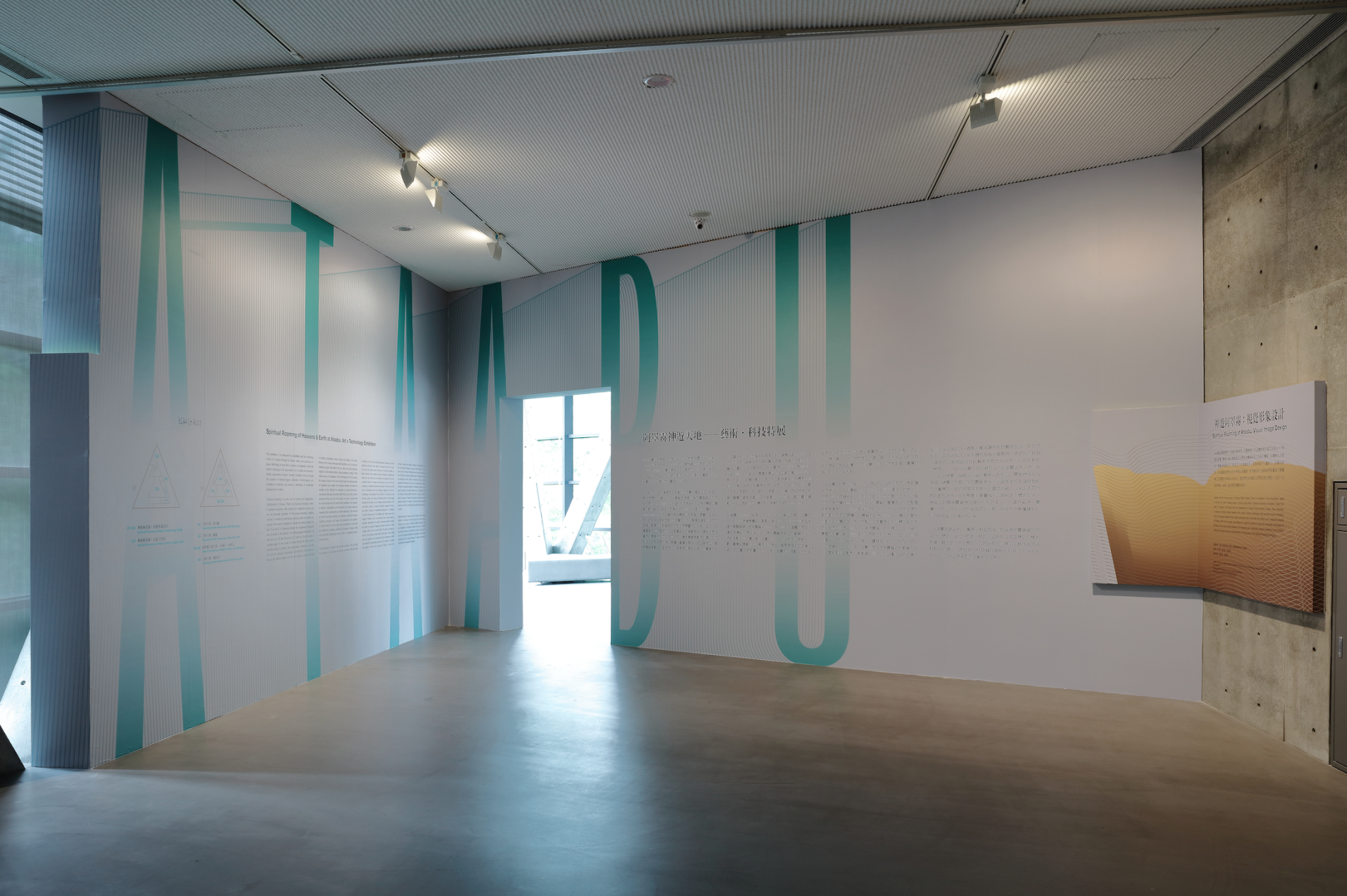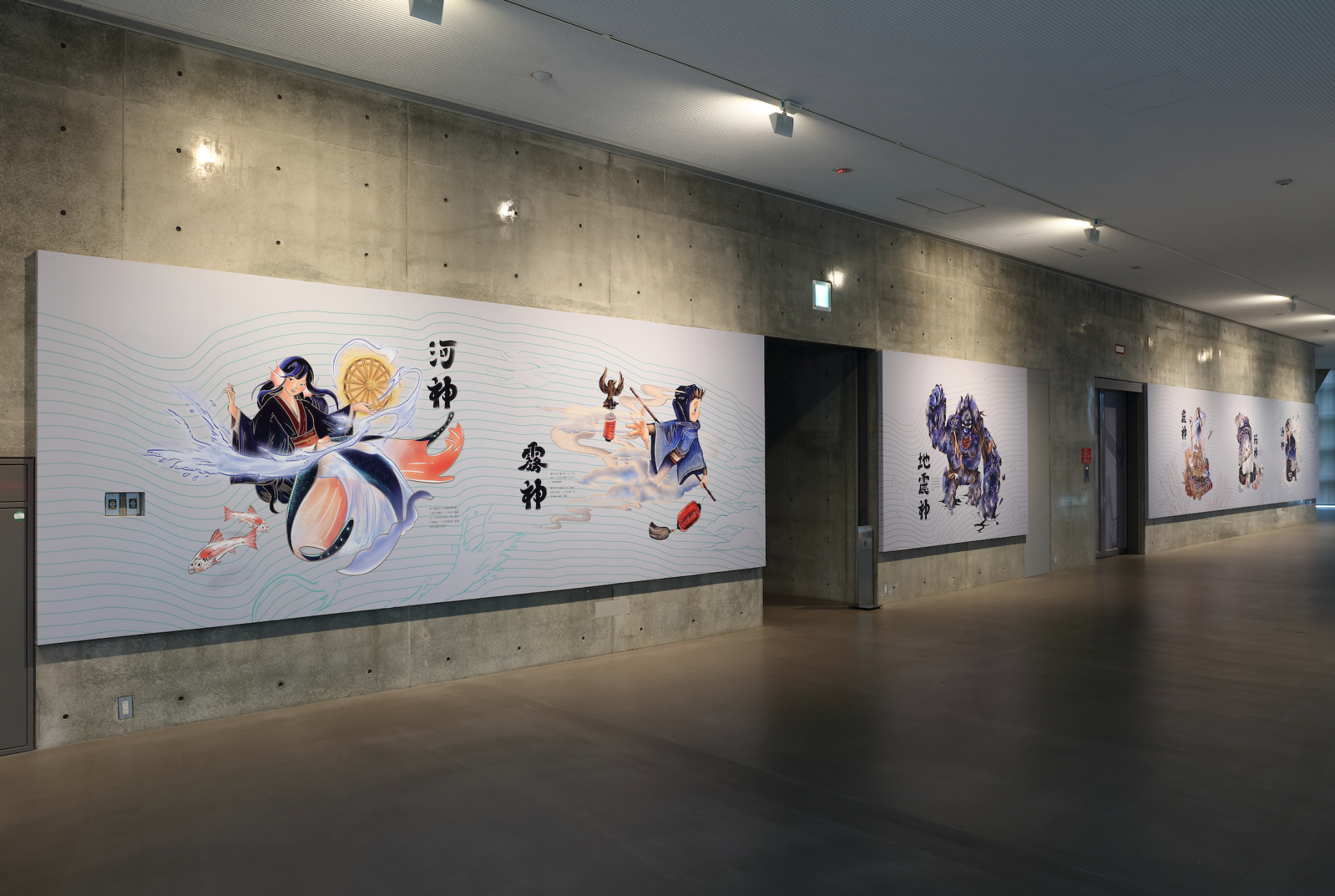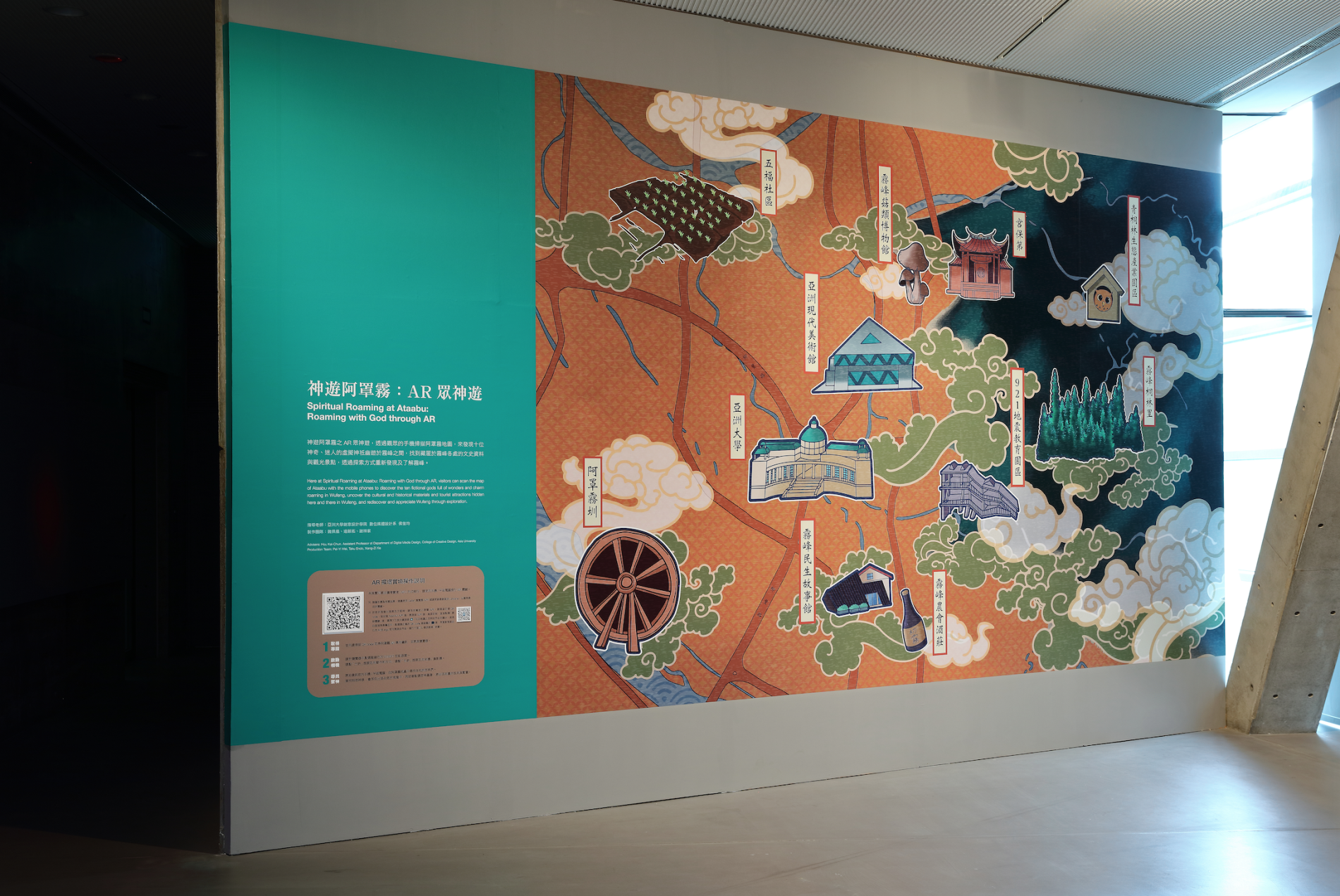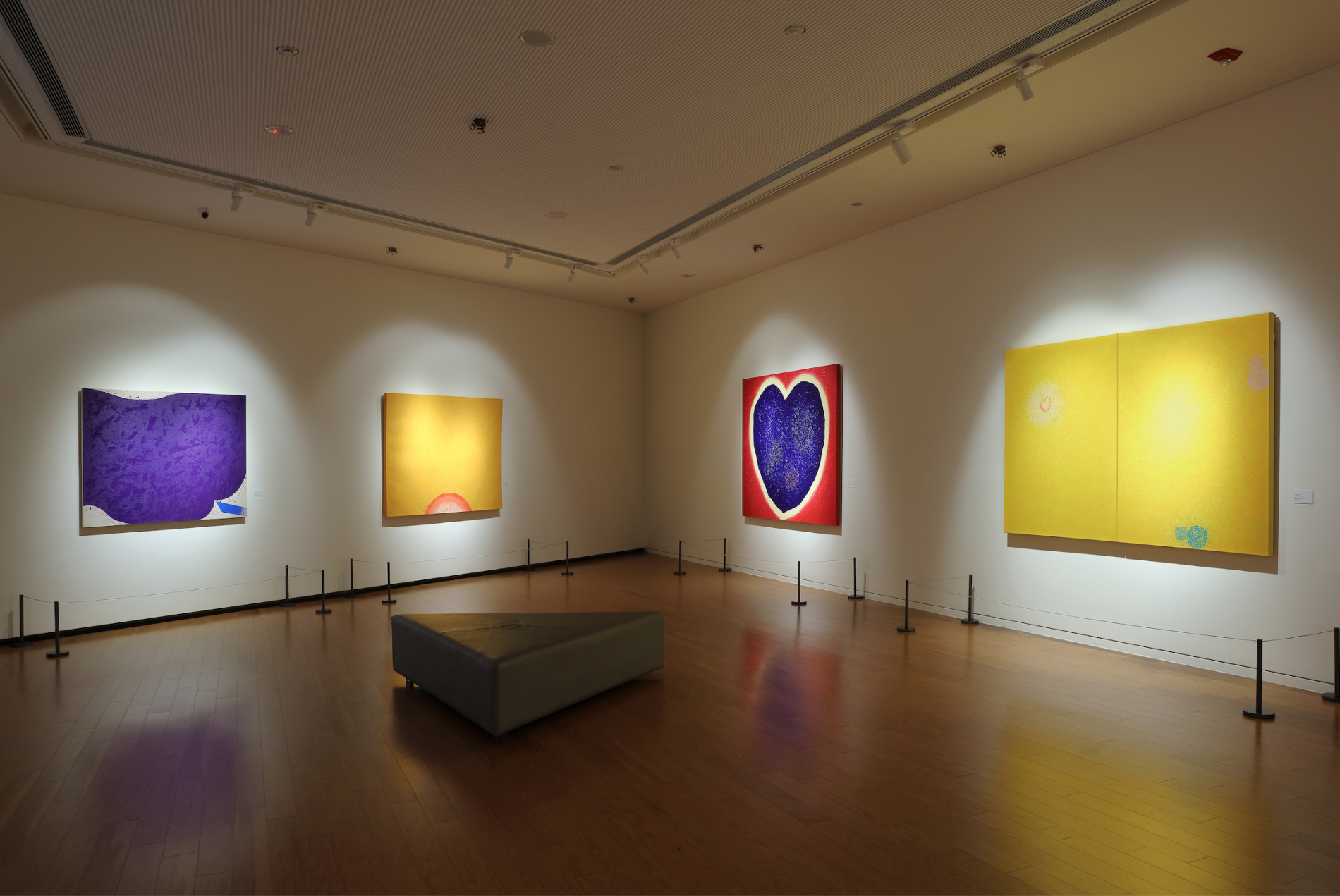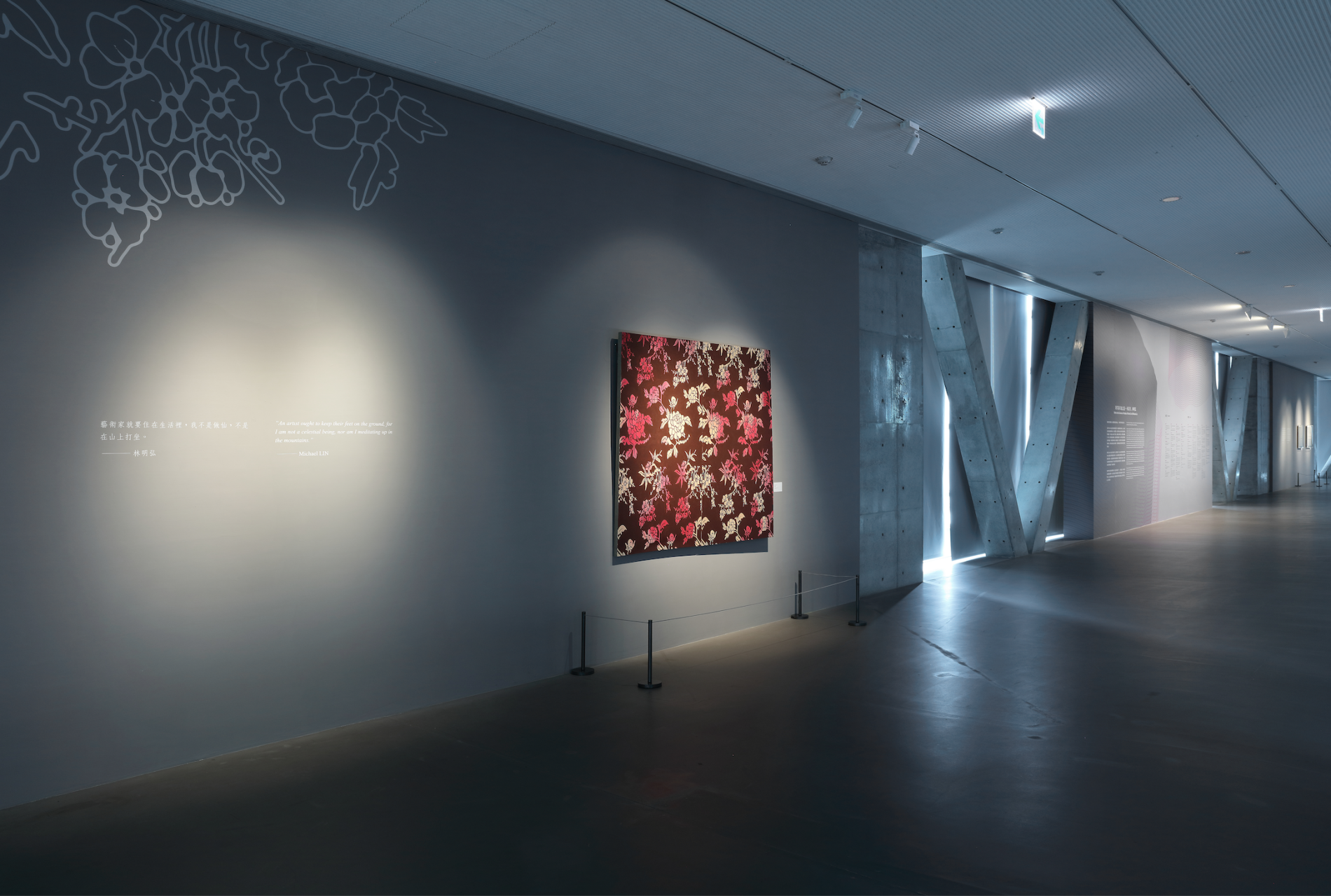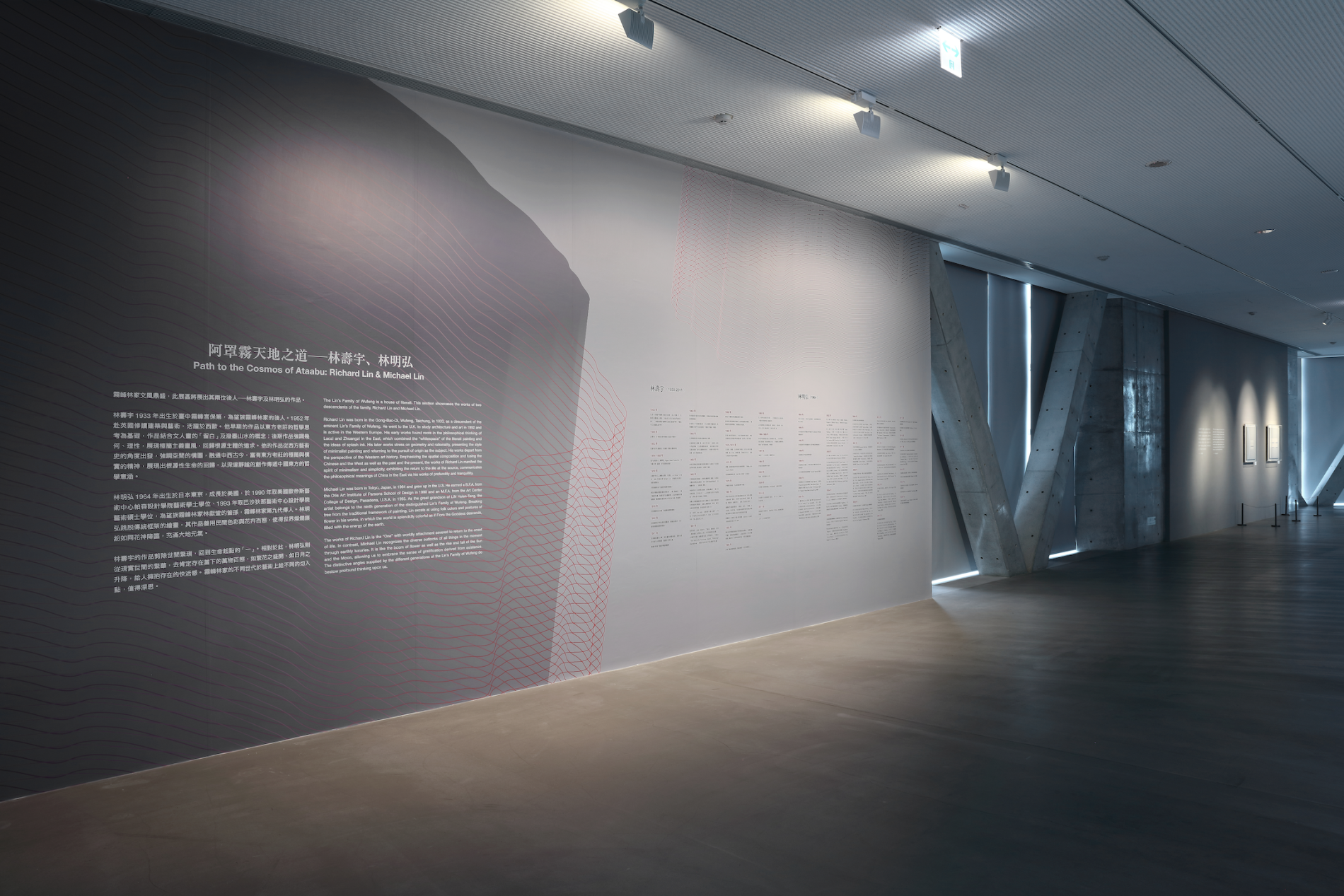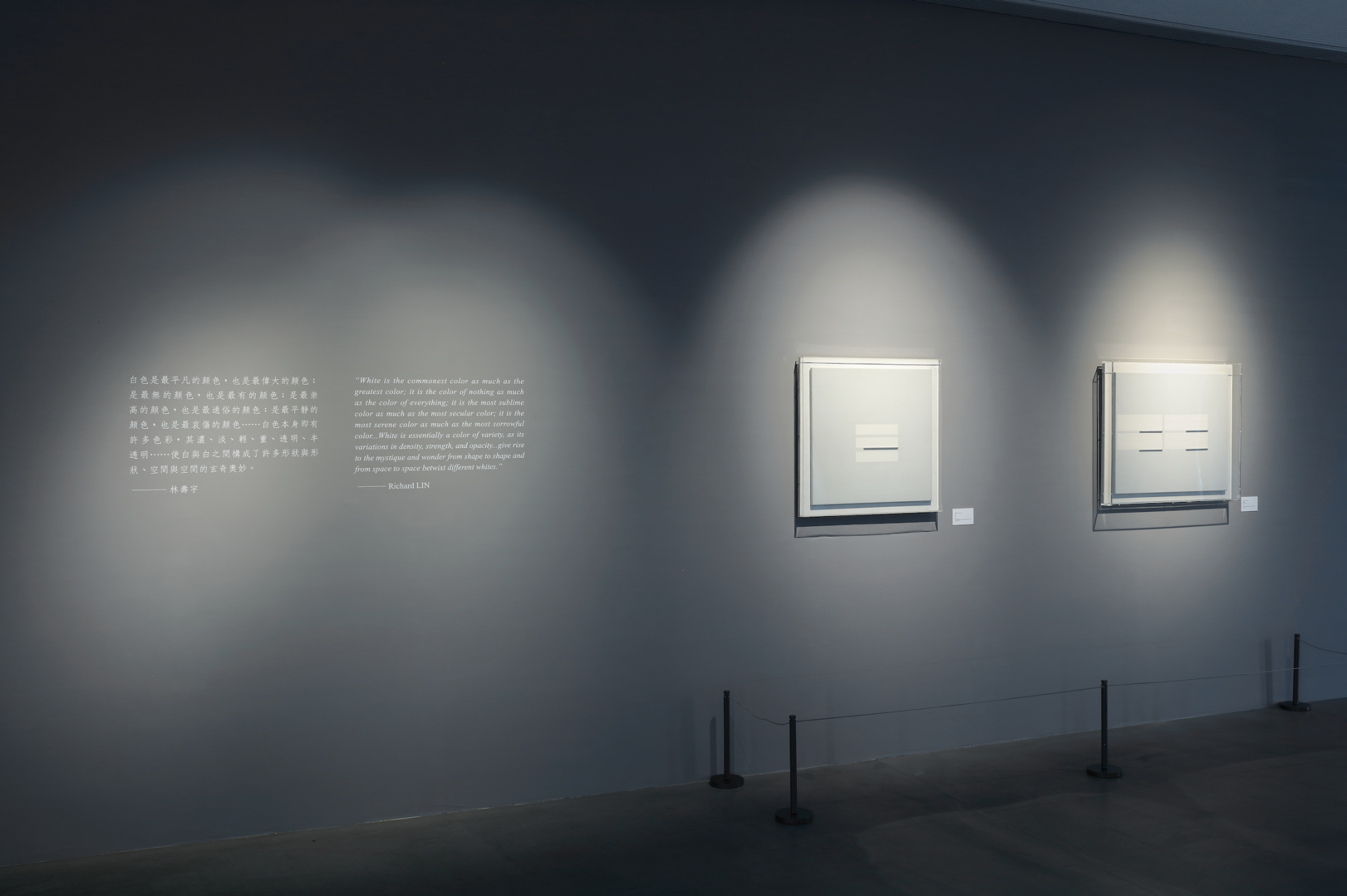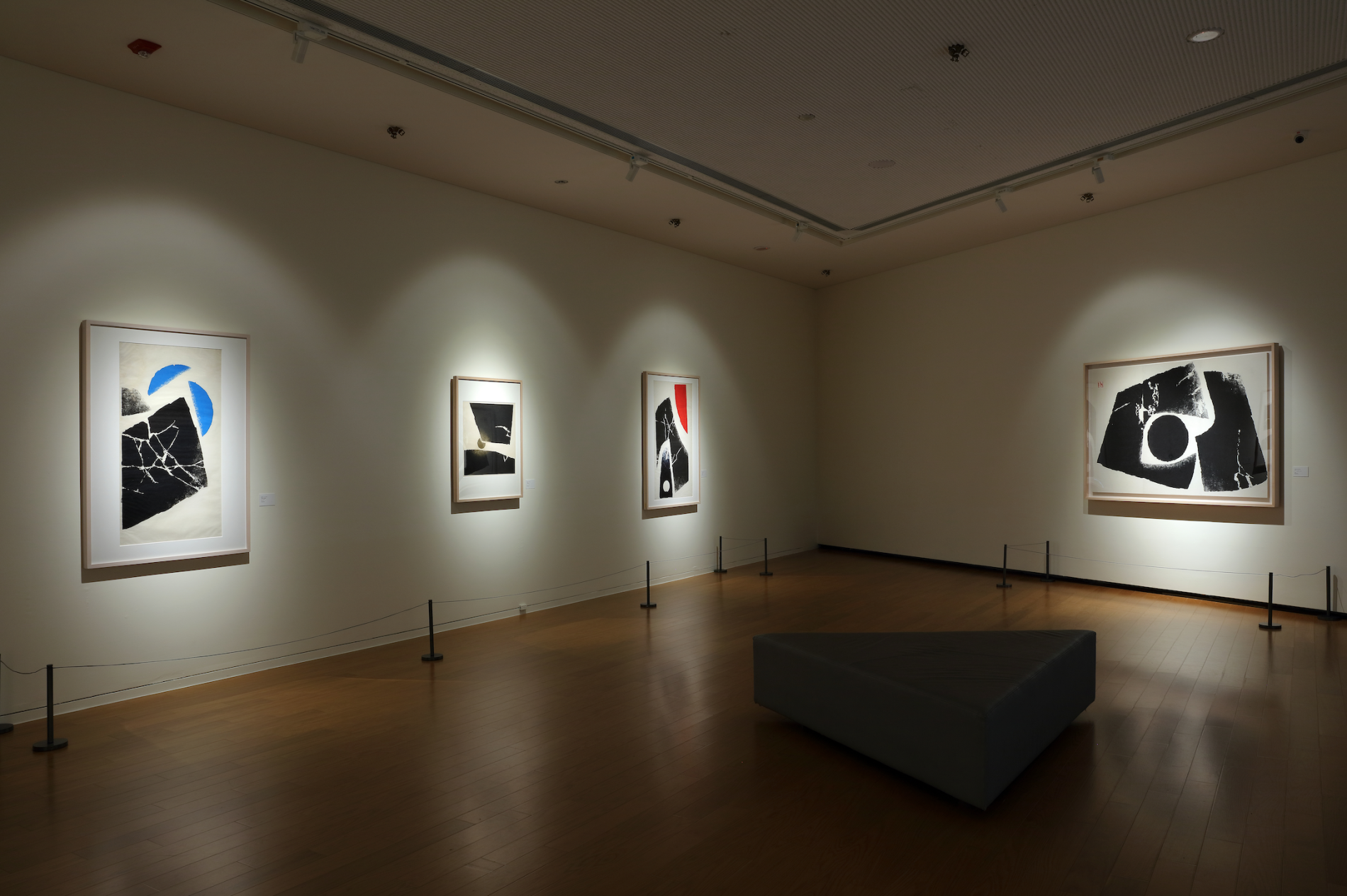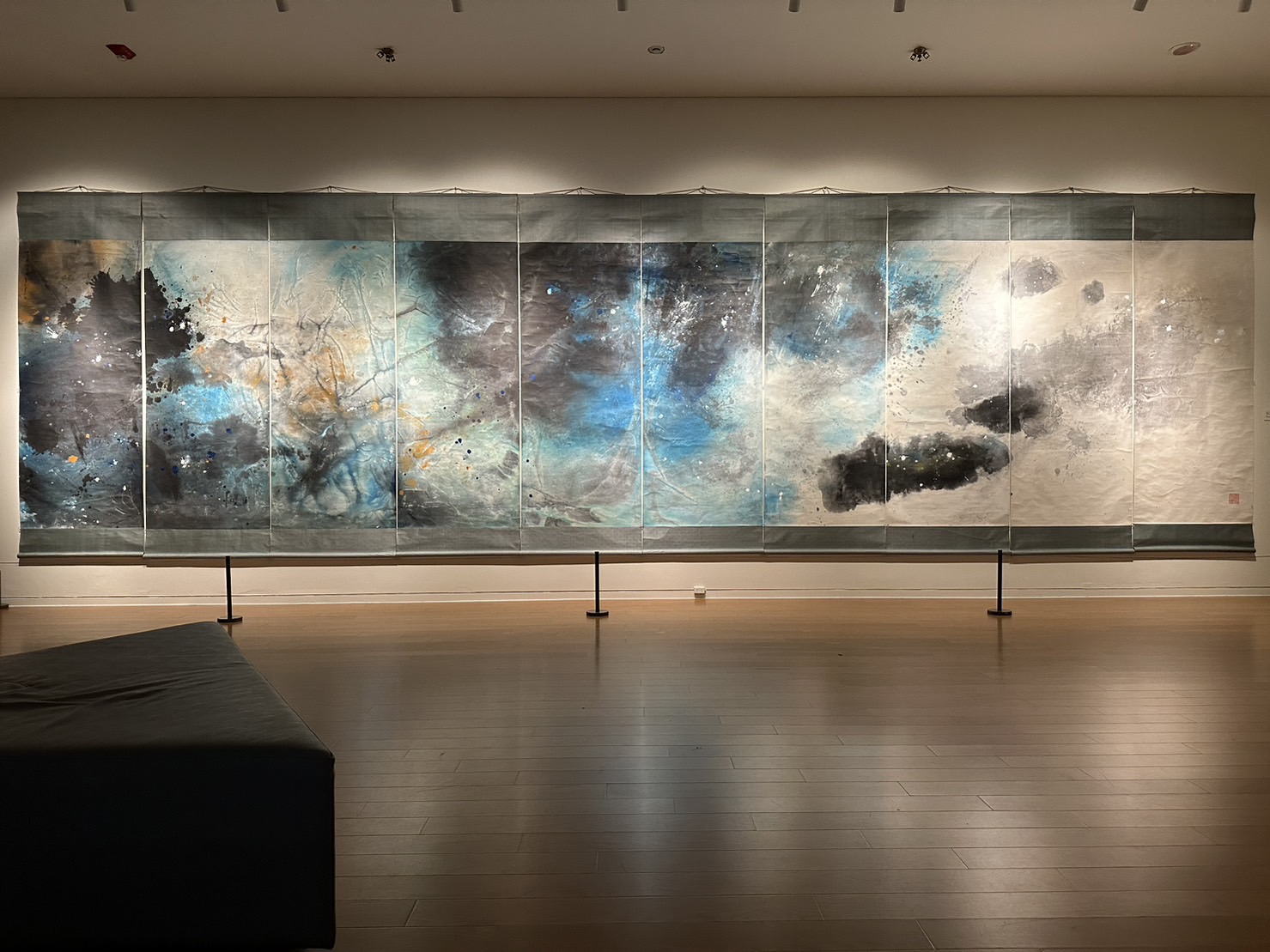「阿罩霧神遊天地——藝術・科技特展」

此次展覽乃是透過一地歷史與文化、物產詮釋二十一世紀的神話之可能性。神話並非只是一種想像力的產物,神話背後存在著出自於現實的聯想與其人類對於生生之德的無限期待。為此,透過神話人物的創造、科技的運用、藝術作品的展覽來表現一種自然永續發展的理念。
This exhibition is to interpret the possibilities with the mythology in the 21st century through the history, culture, and products of a place. Mythology is more than a product of imagination. What lies behind mythology is the associations out of reality and humanity’s infinite expectation towards Creative Creativity. Hence, through the creation of mythical figures, utilization of technologies, and exhibition of artworks, we present a philosophy of sustainable development of nature.
「神遊」是一個充滿感性與想像力的語彙。傳統中文「神遊」意味著精神的邂逅,往往隱喻著虛擬而無法實際參與的旅程。對於現代人而言,「神遊」卻能透過科技使得身體經由實質活動、參與,遨遊於創意與理想的世界。閩南語「魔神仔」(môo-sîn-á )一語,蘊含著個體渺小與對萬有精靈的敬畏之念;林美容、李家愷著作的《魔神仔的人類學想像》則是首部透過人類學的田野調查來研究民間精靈信仰。除此之外,依據儒家信仰所塑造的忠君節義之士的建廟祭祀,還有民間依據信仰需要所形成的信仰神祇,還有隨著佛教信仰傳入的亞利安人吠陀思想的佛、菩薩、羅漢、諸天、夜叉等信仰,當然傳統道教日月星辰信仰,使得信仰展現出多元而豐富的文化底蘊。在二十一世紀科技無遠弗屆的融會與結合上面,東西方的眾神形象意味著穿越現實與虛擬的想像力與創造力的龐大力量。即使人類科技文明不斷發展,但是人類信仰卻不為如同十九世紀末的憂慮那樣或者東方剛接觸西方文明之際,從排斥、抵禦、衝突到對話,人類逐漸深化個體對於信仰的理解。眾神從未離開我們,我們一直與他們為伍,數千年來人們建造寺院、教堂、清真寺、公廨,透過建築、塑像、繪畫、圖案來顯示或者象徵出亙古以來人類心靈的騷動、不安,透過信仰、體系哲思建構起超越性的永恆世界。
“Spiritual Roaming” is a term rich in emotion and imagination. Traditionally in Chinese, “Shen-You (Spiritual Roaming)” refers to spiritual encounter, often implying an imaginative journey one can not physically undertake. For the people nowadays, “spiritual roaming” is enabled by technology, allowing bodies to partake and wander in the world of creativity and ideality via physical activity. The term “môo-sîn-á” in Taiwanese implies the insignificant individual’s awe of spirits in all creatures. The Anthropological Imagination for Môo-sîn-á by LIN Mei-Rong and LEE Chia-Kai is the first study of spiritual religion in the society of Taiwan through the field research of anthropology. In addition, the construction of temples to worship the loyal and righteous individuals in line with the Confucianism as well as the folklore deities born from the religious needs, the belief in Buddha, Bodhisattva, Arhat, Devata, and Yaksha of the Vedic thinking of the Aryans introduced with Buddhism, and of course the traditional Taoism with belief in the Sun, Moon, and stars empower religions to demonstrate affluent cultural heritages in variety. On the infinite fusion and integration of the technology in the 21st century, the images of gods in the East and West imply the immense power of imagination and creation that traverses between the reality and virtuality. In fact, although the civilization of human technology is ceaselessly advancing, humanity’s faith does not go as the concern presented at the end of the 19th century, nor does it coincide with the moment when the East met the West civilization. From rejection to defense, confrontation, and conversation, the human beings are deepening their understanding of belief individually. Gods never left us. They are among us all along. For millennia, people built temples, churches, mosques, and kuwas. The disturbance and agitation in human hearts for eons have been manifested or incarnated via architecture, sculpture, painting, and patterns. Through belief and systematic philosophy, we gave birth to a perpetual world of transcendence.
阿罩霧(Ataabu)為清代原住民社名,漢人入墾,因襲其音,外加西境層巒疊錯,緊鄰大橫屏山,又有中央山脈為脊樑,雲霧繚繞,雅稱霧峰。中部沃野平川,阿罩霧一帶為原漢各族邂逅的歷史風土區。清末霧峰林家武功顯赫、日治時期推動文化波瀾,國府來臺,北京故宮文物來此建館十五載,臺灣省議會也在此奠造民主歷程,國際建築大師安藤忠雄首座在臺美術館矗立於此。本次展覽的出發點在於從根源性的土地的空間以及歷史事實發展的時間為起點,透過人、歷史事件、大自然物產中追尋一種生命的根源,希望透過這種結合科技視覺形式的展覽,引領人們重新關注臺灣這塊土地的過往與未來。
Ataabu was originally a name for an indigenous tribe in the Qing Dynasty. The pronunciation was adopted by the Han people after their resettlement here. Also, there are layers of mountains in the west in adjacent to Dahengping Shan. With the Central Ridge as the backbone, the place is veiled in clouds and mists. That was how it came by the elegant name of Wufeng (Misty Peaks). The central Taiwan presents a fertile plain with little obstacles. The area of Ataabu used to be a historical site where the peoples of the Hans and the indigenous tribes met. The Lin’s Family of Wufeng enjoyed a great honor for their valor at the end of the Qing Dynasty. Wufeng was the place where the cultural movement was promoted in the Japanese rule, the site the artifacts from the Palace Museum Beijing were stored for 15 years upon the relocation of the nationalist government to Taiwan, the ground where the Taiwan Provincial Council laid the foundation of democracy, and the location where the first museum in Taiwan designed by Mr. Tadao ANDO, an international maestro in architecture, stands. This exhibition departs from the land space of origin and the time for historical facts unfolded. Through the existence of people, historical events, and natural resources, it traces the origin of life. Through this exhibition with technology and visual combined, we hope to guide people to refocus on the past and future of the land named Taiwan.
此次展覽分為幾個區塊:首先是透過地方眾神的塑造,重新讓我們將眼光投入到霧峰的土地上面。為此以傳說、物產、自然塑造十位虛擬神祇,包括因水脈出自於合歡山水系,水質甘甜,適於釀酒而創作的酒神、因霧峰為臺灣最大型菇類養殖產業集散地,在此也發展出全球唯二的菇文化與產業博物館而創作的菇菇精靈、因霧峰曾經歷「921大地震」的關係而創作的地震神等,透過這類過往真實歷史的具體形象的塑造,我們在此透過十個神祇來將霧峰土地、歷史、文化融合豐富的視覺形象,以此喚起人們對於地方歷史、文化、自然的重視,其理念背後存在著「永續發展」的現代理念。除了十位虛擬神祇之外,這次展覽也透過諸多霧峰在地影像的利用,重新創作為動態投影影像,同時另外規劃「天地往還」展區,展出陳庭詩、蕭勤、董承濂的現代藝術作品,從他們的作品當中表現出宇宙生機的神祕主義精神,透過這些神秘主義的作品來開展出當代藝術家對於大自然、宇宙的新的詮釋態度。此外,展覽亦於3樓特設「阿罩霧天地之道」展區,展出林壽宇及林明弘兩位藝術家的作品。霧峰林家文風鼎盛,林壽宇於戰前生於霧峰林家,早歲畢業於英國倫敦綜合工藝學院,研究建築與美術,活躍於西歐,以東方老莊思想為創作理念,展現整簡主義畫風,回歸根源主體的追求。林明弘為戰後霧峰林家後代,生於東京,活躍於歐洲、臺灣,其作品善用民間色彩與花卉百態,使得世界燦爛繽紛如同花神降臨,充滿大地元氣。
This exhibition is divided into several sections. First, through the making of local gods, we refocus ourselves onto the land of Wufeng. For that, ten fictional gods were created out of the legends, products, and nature, including the God of Liquor born from the sweet water flowing from the water system of Mount Hehuan that is perfect for liquor brewing, the Mushroom Spirit born from the fact that Wufeng is the largest hub for the mushroom farms in Taiwan and the place for one of the two museums of mushroom culture and industry in the world, and the God of Earthquake born from Wufeng’s experience of the 921 Earthquake. By embodying the true history in the past, we fuse the land, history, and culture of Wufeng with rich visual images through the ten gods, so as to redirect people’s attention to the local history, culture, and nature. What lies beneath the idea is the modern concept of “sustainable development.” In additional to the ten fictional gods, this exhibition also utilizes various local images of Wufeng, which are reproduced into moving images of projection. Meanwhile, the section “Traversing betwixt Heavens and Earth” is curated to display the modern art works of CHEN Tingshih, HSIAO Chin, and Nick DONG. The spirit of mysticism of the life in the universe manifest itself in their works. Through these works of mysticism, we shed light on the contemporary artists’ new attitude for interpreting nature and the universe. In addition, the section of “Path to the Cosmos of Ataabu” is open on the 3rd floor to present the works of Richard LIN and Michael LIN. The Lin’s Family of Wufeng is a house of literati. Richard Lin was born in the Lin’s Family of Wufeng before the war. He graduated from the Royal Polytechnic Institution with his studies focusing on architecture and arts. Active in the western Europe, the artist employed the Philosophy of Laozi and Zhuangzi as his creative concept. He presented paintings of minimalism, returning to the pursuit of origin as the subject. Michael Lin is the offspring of the Lin’s Family of Wufeng after the war. Born in Tokyo, the artist is active in Europe and Taiwan. He excels at using folk colors and postures of flower in his works, in which the world is splendidly colorful as if Flora the Goddess descends, filled with the energy of the earth.
「阿罩霧神遊天地——藝術科技」特展將從霧峰凝思其文化、歷史、風土、物產,塑造出眾神的容姿與歷史記憶的想像,藉此從土地、歷史、自然昇華為一種宇宙秩序與其永恆性的追尋,並透過當代科技融合最根源的神話、宇宙理念,為一個地方重新創造出嶄新的形象。
“Spiritual Roaming of Heaves & Earth at Ataabu: Art×Technology Exhibition” shall depart from the gaze at the culture, history, landscape, and products of Wufeng, rendering images of gods and imaginations of historical memories. As such, it is elevated from the land, history, and nature into a cosmos order and the quest for its perpetuity. Meanwhile, by integrating the most original mythology and the cosmos ideology via modern technology, it shall reinvent new images for the place.



